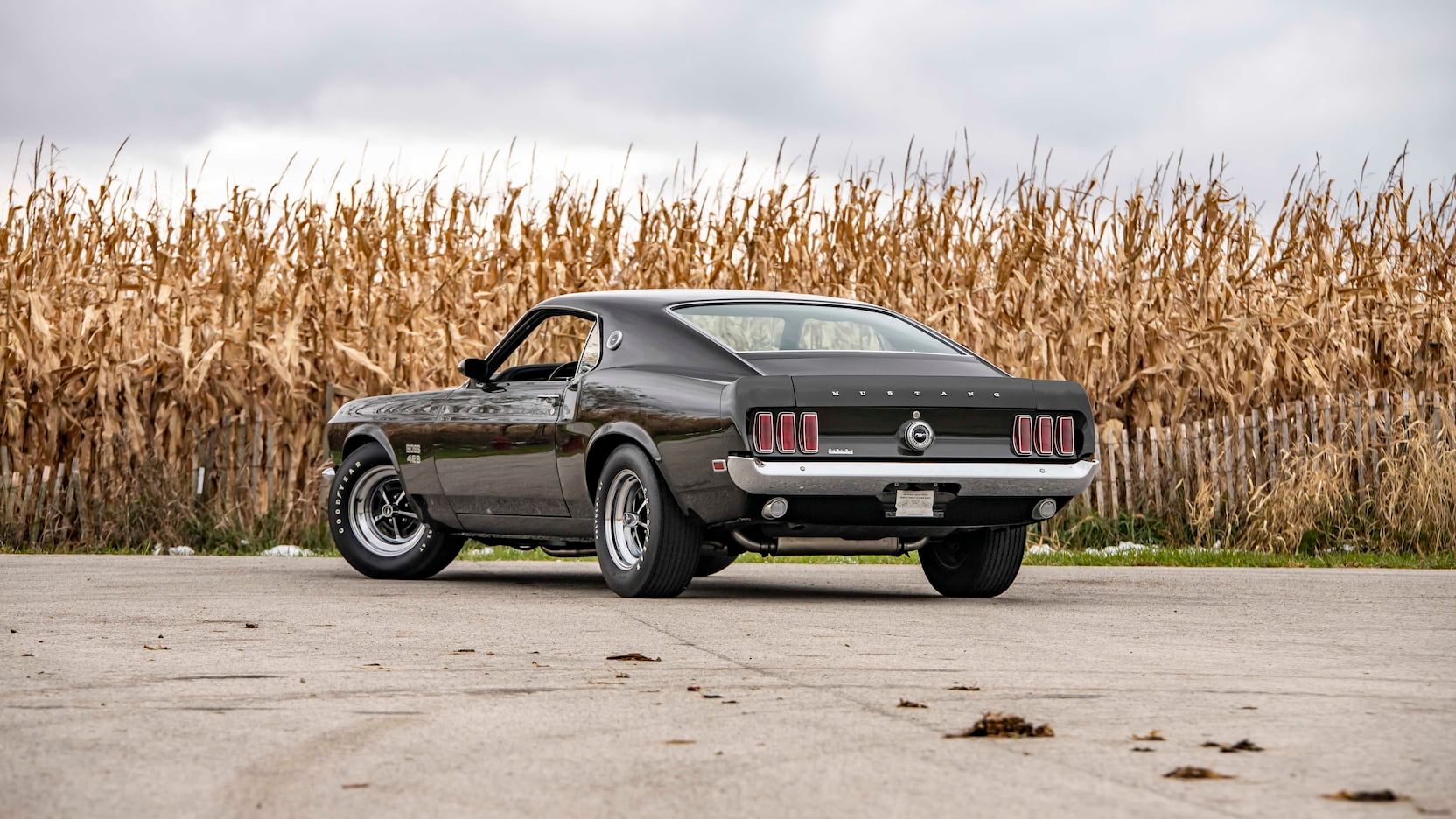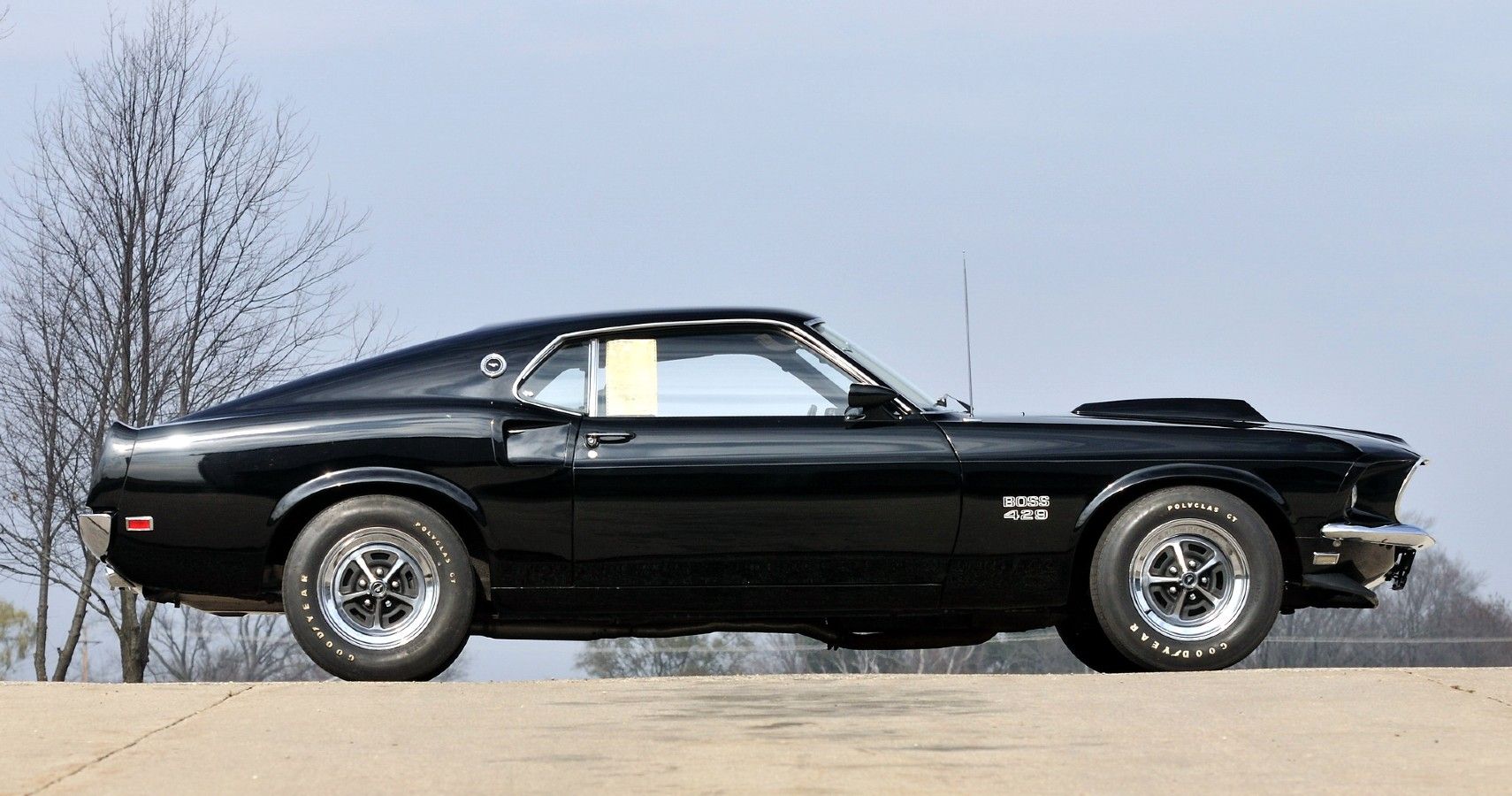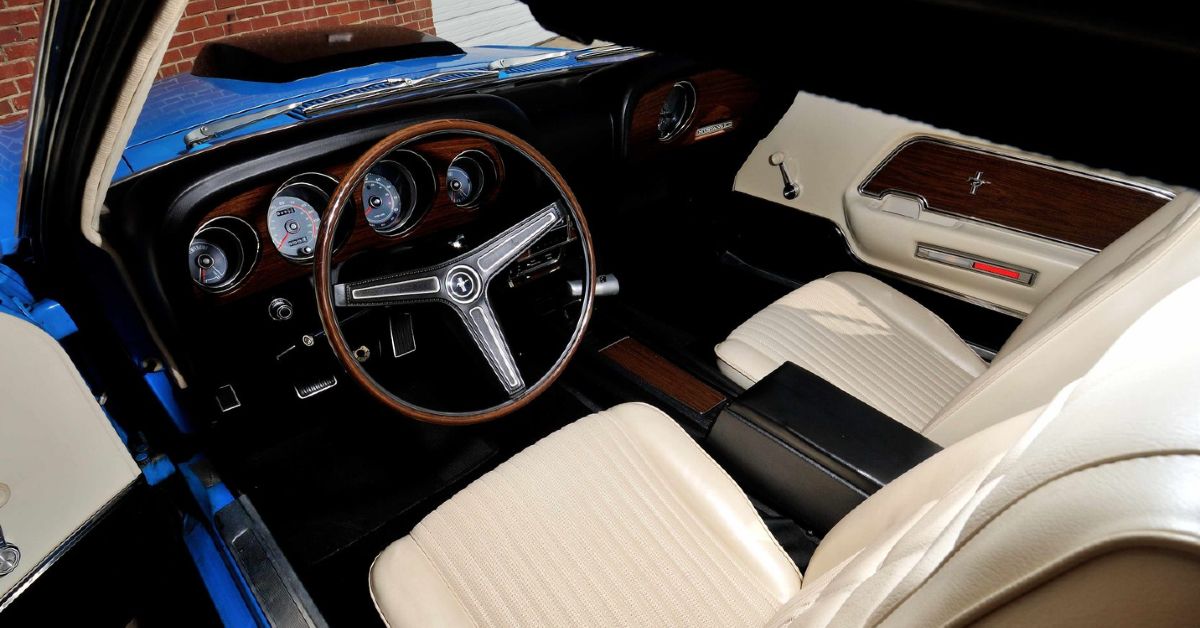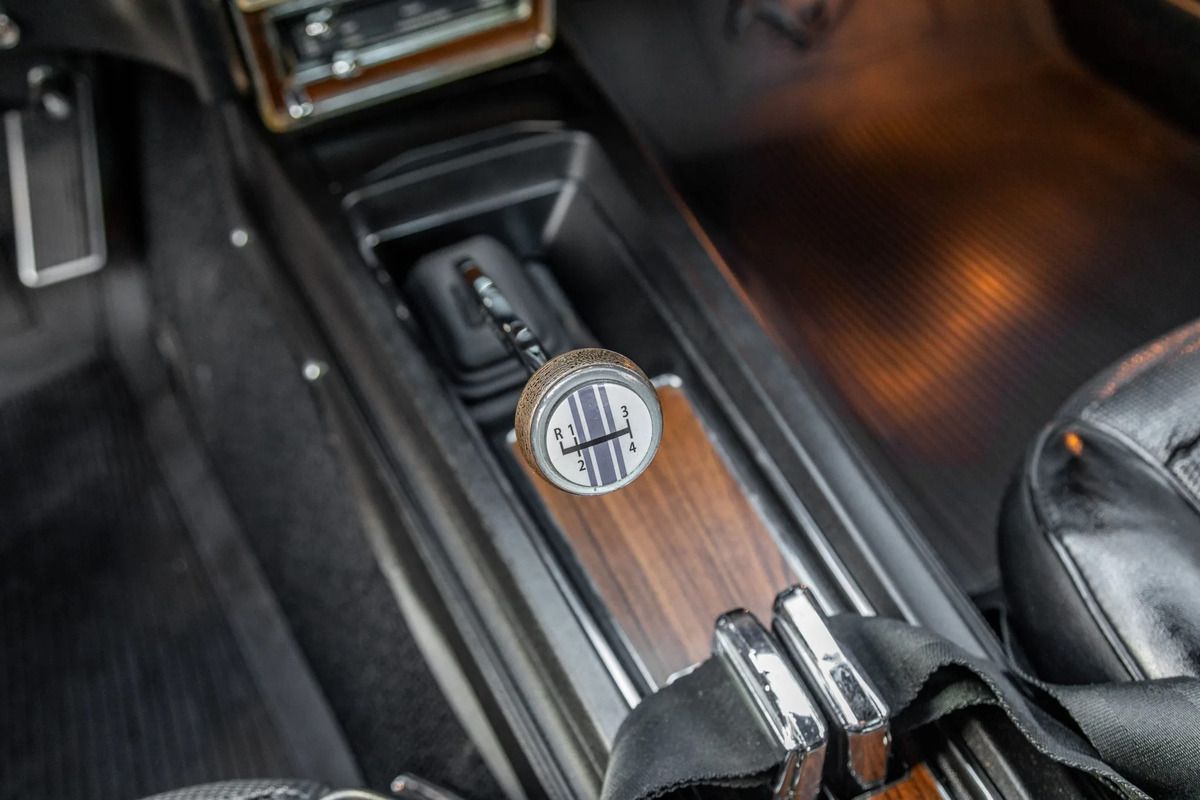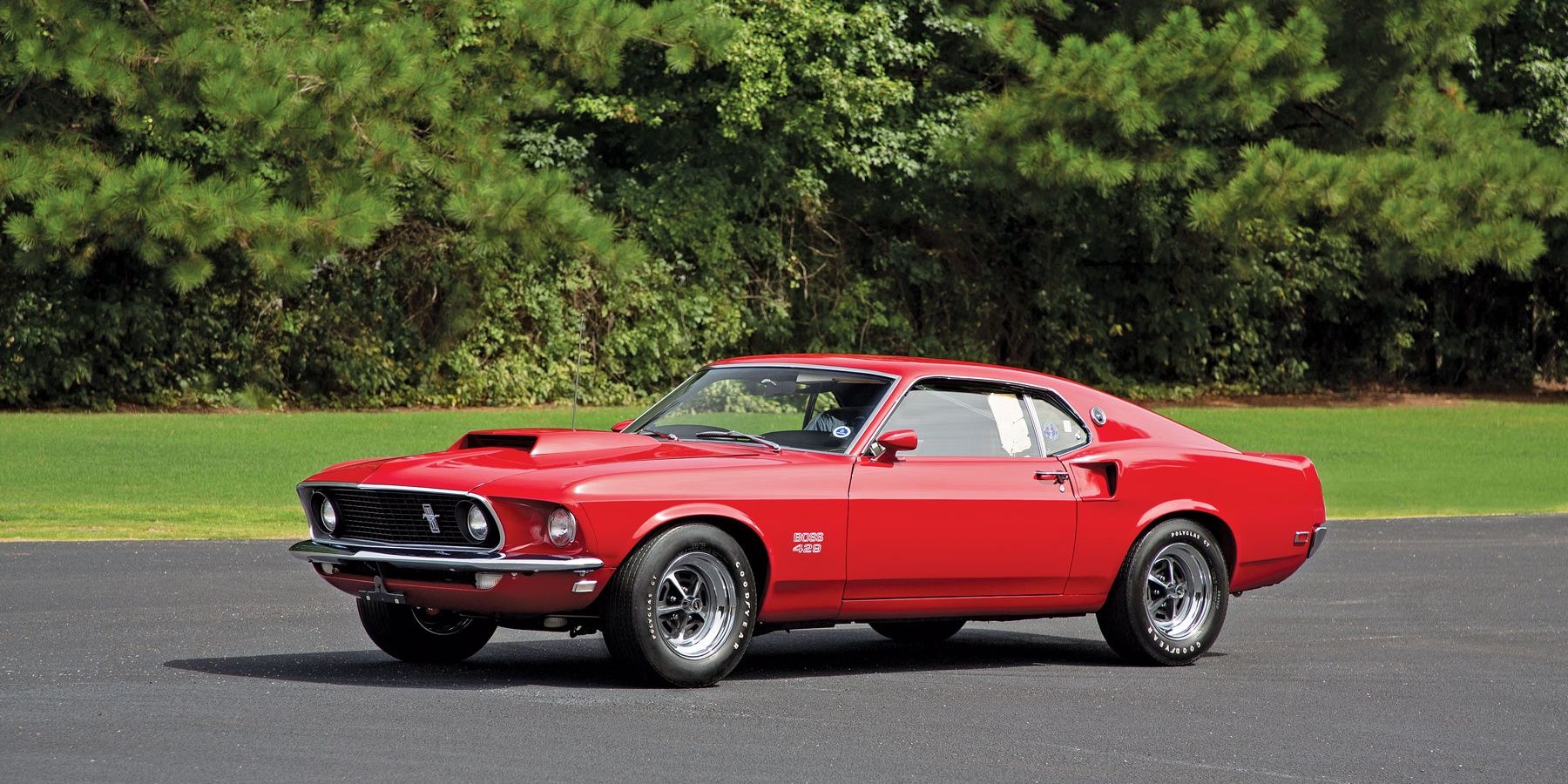The Ford Mustang is muscle car royalty regardless of which generation it hails from, or which iteration it may be – from the legendary original model right through to later examples, each Mustang has earned a place in history as a muscle car to be treasured. Some models, however, are more special than others – and for many, the most special is this NASCAR fast, super-limited ’60s example, aptly named ‘the Boss’.
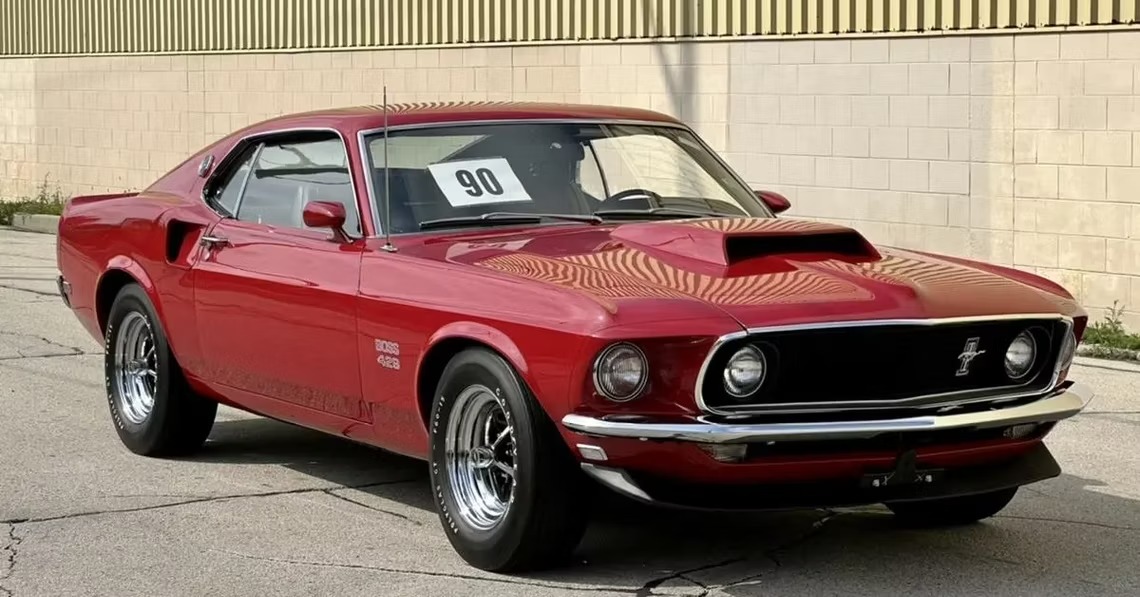
Now almost 55 years since its inception, we can take a look back at exactly what made this muscle car an icon of not just the Mustang family, but also of the whole muscle car genre. Whether you’re a Ford fan, part of the Chevrolet club, or a die-hard Dodge enthusiast, it’s impossible to look through the below 10 reasons and disagree that the 1969 Ford Mustang Boss 429 is anything short of an icon.
10 The Boss 429 Is Rarer Than Hens’ Teeth
As is usually the case with ultra-powerful or race-car-derived road cars, the Ford Mustang Boss 429 was extremely limited in production numbers. Throughout a very short manufacturing run of just two years, no more than 1,359 Boss 429s were produced – or to break it down, 859 in 1969 and 500 in 1970 (in addition to two Mercury Cougar Boss 429s also!).
Due to the amount of high-performance gear and work that was crammed into each and every Boss, the profit margins were relatively low here for Ford, and when you couple that with stricter environmental regulations being introduced for the ’70s, it made sense for Ford to cease production, even though demand was high when such a small number had been assembled.
9 The Mustang Boss 429 Motor Was Designed To Deliver NASCAR Performance
A special Mustang requires a special motor, and that’s exactly what Ford packed under the hood for the Boss – a 429 cubic inch V8 producing 375 hp, although it’s common knowledge that the motor can thump out hundreds more hp with a few simple modifications.
Early models came equipped with some NASCAR-spec internals, such as uprated connecting rods with thicker bolts, which were able to handle the more aggressive tunes of NASCAR racers. The Boss 429 also had 450 Ib-ft of torque at its disposal too, which helped get the fastback moving from 0 to 60 mph in a mere 6.5 seconds – a pretty respectable figure, even 54 years on today.
8 The Boss 429 Chassis Has Close Links To That Of The Legendary GT40
The large engine did cause some concerns for Ford though, as it was so large, the standard chassis couldn’t carry it – in fact, it wouldn’t fit under the hood without some fairly significant modifications.
Ford decided to enlist the help of Kar-Kraft, an independent engineering company that was also responsible for working on the legendary Ford GT40, so Ford was more than confident in their abilities. By beefing up the suspension and relocating a few things under the hood, Kar-Kraft was able to ensure the 429 motor sat snug within the Boss.
Ultimately, the Kar-Kraft engineering firm closed its doors in December 1970, but the important role it played in developing some of the most successful motorsport Fords in history, shall not soon be forgotten.
7 The Boss Has The Largest Hood Scoop Fitted To A Factory Mustang
To keep things running cool under the hood of the Ford Mustang Boss 429, Ford opted to fit a hood scoop – and quite a sizable one at that!
To this day, the hood scoop fitted on these as standard is the largest fitted to any factory Ford Mustang, obviously due to the motorsport nature of the 429 cubic inch V8, which had to be kept cool when pushing it to the limits. Some earlier cars had the scoop finished in body color, but for the 500 produced in 1970, all came with matte black scoops which contrasted nicely against the bright ’70s colors.
6 Uprated Suspension Result In Better Handling For The Mustang Boss 429
To make room for the huge motor under the hood, Kar-Kraft engineering had to widen the placement of the front shock towers, resulting in a wider track than other Mustangs of the period which did affect the handling – not to forget, this Boss was also very front heavy, due to the 429 V8 of course.
At the rear, things were upgraded, with the Boss being the first Mustang to have a rear sway bar fitted as standard, which made it handle much better than contemporary big-block Mustangs – no wonder it made such a capable track car.
5 Today, A Mustang Boss 429 Is Worth A Small Fortune
It’s clear then, that this ’60s powerhouse is an icon, and we’re not the only ones who think this – a fact that is evident when you check out the prices commanded for this member of muscle car royalty.
Originally the Boss wasn’t too cheap either, with an asking price of $4,087 it was the most expensive Mustang ever produced at the time – with exceptions only for the Shelby examples.
Buying and keeping one would have proved a prudent investment though, as they fetch a pretty penny, or more precisely, upwards of 300,000 dollars (expect even higher prices for celebrity-owned or rare specification examples).
4 Fastback Styling Was A Total Success For The Mustang Boss 429
While a huge engine with motorsport pedigree is great, a sports coupe or muscle car is never going to sell unless it looks epic, and Ford really nailed it with the sharp Fastback styling on the Boss 429.
A more aggressive front end gave this limited edition track monster some real impressive road presence, while the rear end was kept relatively simple and tame – couple this with lowered suspension, that large hood-scoop, and all the other Boss-only details, and you’ve got a real sharp looker.
Chrome-plated 15″ Magnum 500 alloy wheels look sharp under the arches of the Boss and help finish off the killer looks on this top-specification Mustang, helping cement it as an icon for decades to come.
3 Simplistic But Stylish Interiors In The Boss 429 Have Aged Gracefully
The pictured Boss 429 here is a one-off, with a custom white interior, which we think looks awesome in direct contrast to the black trim and Grabber Blue exterior, although all other examples came with a super stylish and refined deluxe black interior.
The seats were trimmed in perforated black vinyl known as ‘comfort-weave’, which is so perfect for the era, and gives the cabin a clean, fairly distinguished look, especially when coupled with the three-spoke, wood-rimmed steering wheel, and matching trim panels.
When compared to the interiors within modern Ford Mustangs, the character of the Boss really stands out thanks to the teak-grain panels and simplistic dashboard layout, which really helps the classic model portray itself as an icon, when considered back-to-back with more common models.
2 The Boss 429s’ Hurst Shifter Has Super Cool Muscle Car Credentials
Commonly found within muscle cars such as Chevrolets and Pontiacs from the era, Ford opted to fit ‘America’s Number One Shifter’ into their Boss 429 Mustang, making a clear statement that this iteration of the marque had performance baked right in.
The Hurst shifter is iconic of the ’60s and ’70s muscle car period and gives the interior of the Boss an exciting edge. Although Ford and Hurst were not as commonly associated as other manufacturers were, it was not so unusual for car brands to use third-party equipment to improve their cars in the ’60s. It made them more salable too, not that Ford needed any help shifting these from the showroom floor.
1 A Stock Boss 429 Can Run A 14-second Quarter Mile
Manufacturers used to make all sorts of claims back in the day to sell their cars, made easier by looser regulations on facts and figures quoted to customers. Arguably then, car reviews were much more important 50 years ago then, as they gave an unbiased opinion on performance and stats, exactly as they found them.
Well, in July 1969 Car Life magazine decided to put the Mustang Boss 429 to the test, by planting their foot and timing the quarter mile time – impressively, a time of 14.09 seconds was managed in a totally stock example, which was all the convincing any ’60s gearhead needed, that this was the muscle car to beat.
Lightly modified examples could easily get that down to 12 seconds and below though, and when you have performance like this from a muscle car that looks this good, it’s no surprise then, that 50 years on the Mustang Boss 429 is an undisputed muscle car icon.



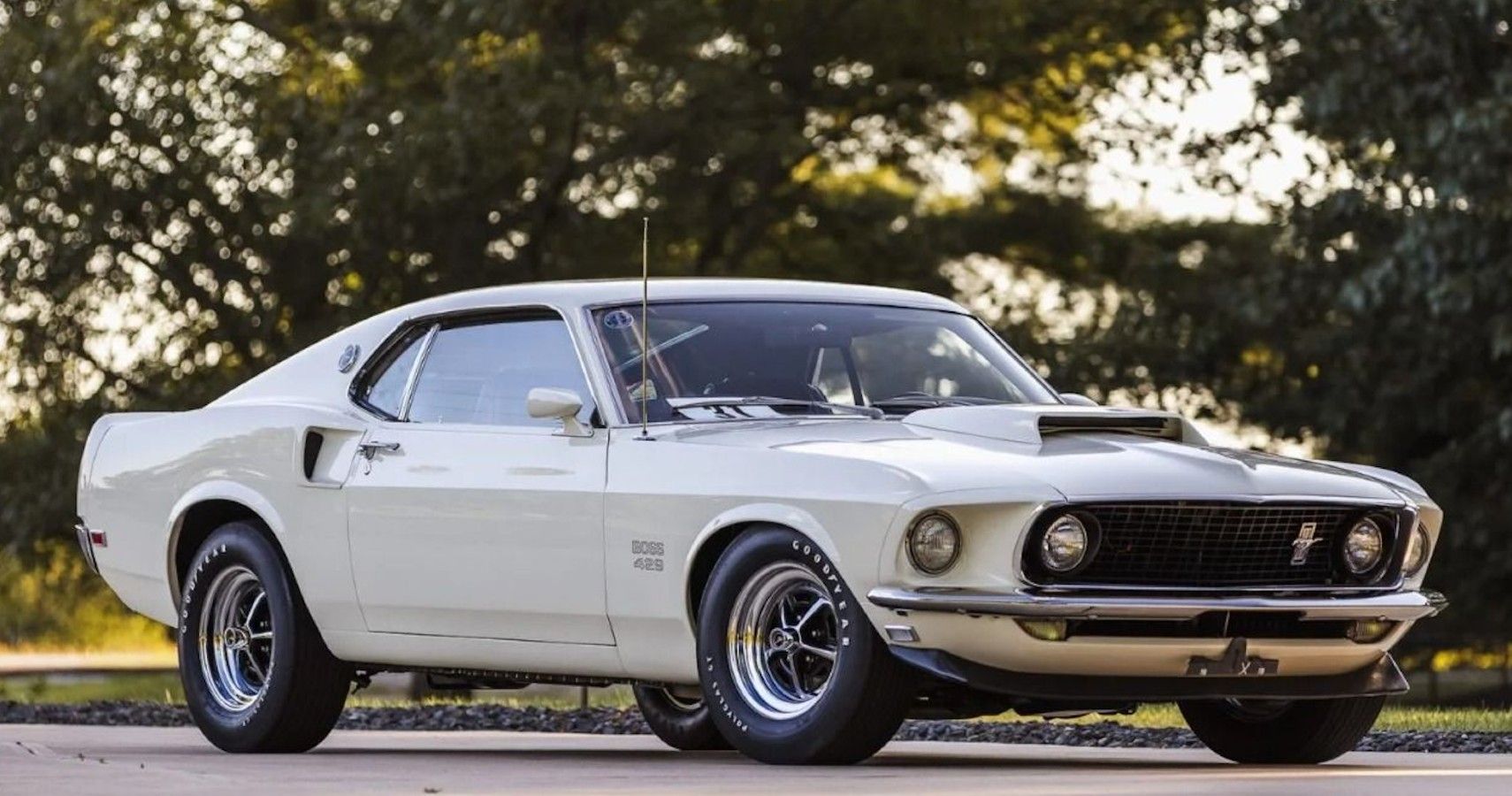
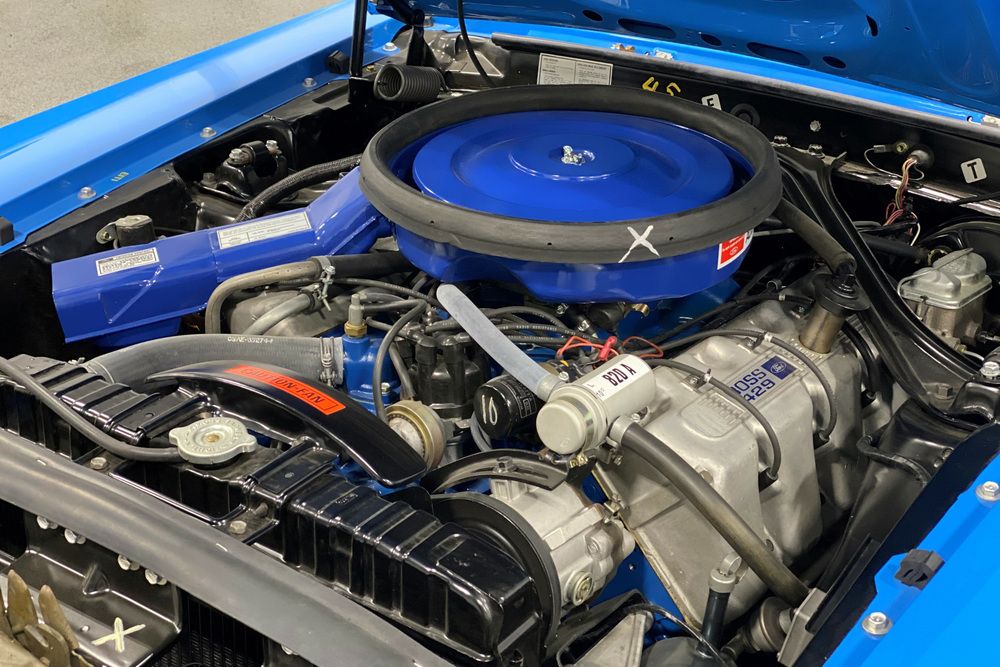
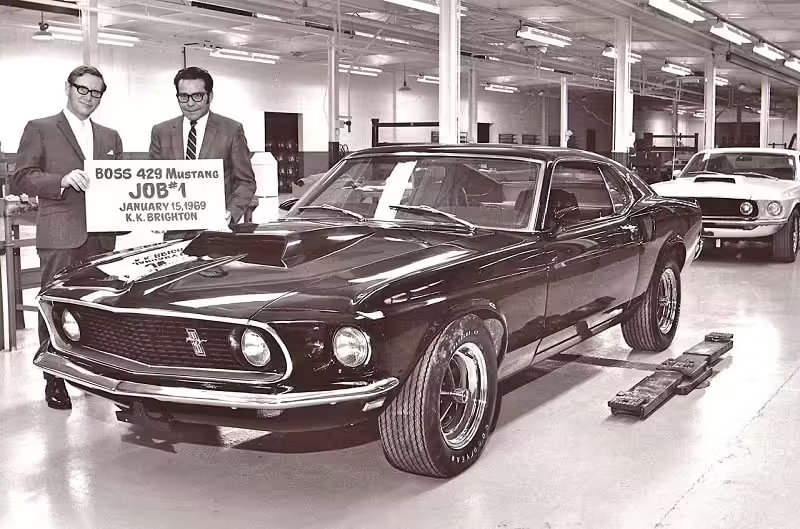
---Front-Right.gif)
